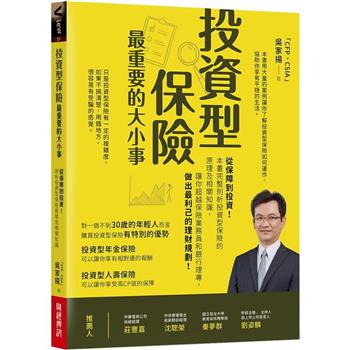Manuscript cultures have frequently forgotten, neglected, or even erased women’s contributions from memory. Women’s agency has also been a glaring blind spot in the scholarly pursuit of gender perspectives on the production of written artefacts. This volume addresses these lacunae by highlighting manuscripts and inscriptions by and for women, their active participation and enabling sponsorship, and their role in the circulation and dissemination of written artefacts. Seven papers present case studies from East Asian inscriptions to ancient cuneiform epigraphic, Egyptian graffiti from late antiquity to individual specimen and large-scale collections in medieval Europe, focusing on how women participated in and contributed to those. How did they assert their involvement, their claims and their aspirations? By what rationales and mechanisms were they excluded or their contribution marginalised? How did they react to structures that discriminated against them, eventually circumventing, subverting and transforming them? The present volume sheds light on new findings, gives unique insights and discusses methodological considerations in the budding field of women’s manuscript studies.











